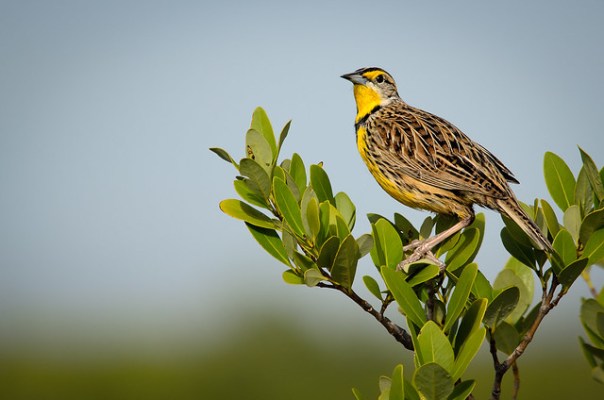Back in July of 2007, I wrote a post about Mt. Evans, Colorado and included this image of an Elk herd we saw there:

At that time, I was using a Nikon D80 camera and made this photo with an entry level 70-300 telephoto lens. I remember wanting to capture as much detail as possible, so instead of making one exposure of the whole herd, I zoomed in as far as I could and made four different frames at 300mm (450mm eq.), f/5.6, 1/100 sec, and iso 100. I ran across these images in my photo archive recently and wanted to see if I could reprocess the RAW files for a better result. I thought you might be interested in my work flow – not so you can reproduce my results, but to give you some ideas on how to process your own images.
Here is one of the original RAW files SOOC (straight out of camera). The white balance and exposure aren’t optimum and sharpness isn’t very good either – maybe due to poor lens stabilization and optical performance (and maybe due to my poor technique).
Here are the steps I went through to reprocess this:
- Used DxO Photo Lab software to convert from RAW to .tiff and take advantage of the built in Prime Noise reduction algorithm. I like that this software applies camera and lens specific corrections to all images. It also returns the results to Lightroom still in RAW / DNG format.
- Made basic adjustments (exposure, white balance) in Lightroom, and copied to all four frames.
- Opened as layers in PhotoShop.
- Stitched the frames into a panorama: Edit -> Auto-align Layers; Edit -> Auto-blend Layers. At this point, it looked like this:
When I made the original frames, I didn’t cover enough ground for a rectangular composition. To fix this, I used PhotoShop’s excellent Content Aware Fill on the missing corners.
- Select the blank areas with the Magic Wand tool. Expand the selection (~3 pixels). Edit -> Content Aware Fill
- use the clone tool to eliminate any obvious fill anomalies.
And then I worked on sharpness. Here is a 300% look at the area near the Bull Elk:
Not very sharp. So I:
- Duplicated the layer and applied the Topaz Sharpen AI filter. I used the Stabilize method with a Remove Blur value of 0.70. Here’s the much improved result:
Topaz Sharpen AI can work wonders on this kind of problem, but it does take a lot of CPU power. Depending on your hardware, you might have to be (very) patient.
- The final step in Photoshop was to use Topaz Clarity for some added midrange contrast. I applied the Nature -> Fur and Feathers II preset.
- Back in LightRoom: I cropped to a 2:3 format; tweaked White Balance and exposure again; boosted texture and shadows on the Elk with a circular adjustment and range mask; Reduced green and yellow saturation; Used a -12 highlight priority vignette and added grain at 15.
And this is the new version I just posted to Flickr.
 Mt. Evans Elk herd (2019 version) – Near mile marker 8. Quite a harem! There are about 60 elk in this image: A single bull, ~10 young ones, and the rest female.
Mt. Evans Elk herd (2019 version) – Near mile marker 8. Quite a harem! There are about 60 elk in this image: A single bull, ~10 young ones, and the rest female.
It took me about 30 minutes to do this. Was it worth the effort? I can’t answer for you. I think it looks much better and I’m glad I saved those RAW files! As long as i can re-start from the original sensor data, I can leverage newer software and get better results. I know a lot of folks don’t enjoy computer work, but I do – so to me it’s worth it.
Click on any of these to see larger versions. I have other Mt. Evans (and Colorado) photos in this album on Flickr. And if you have any questions on this, I’ll be happy to try and answer them. Just ask in a comment below.
Thanks for stopping by and reading my blog. Now – go make (or reprocess) some photos!
©2007 and 2019, Ed Rosack. All rights reserved





















